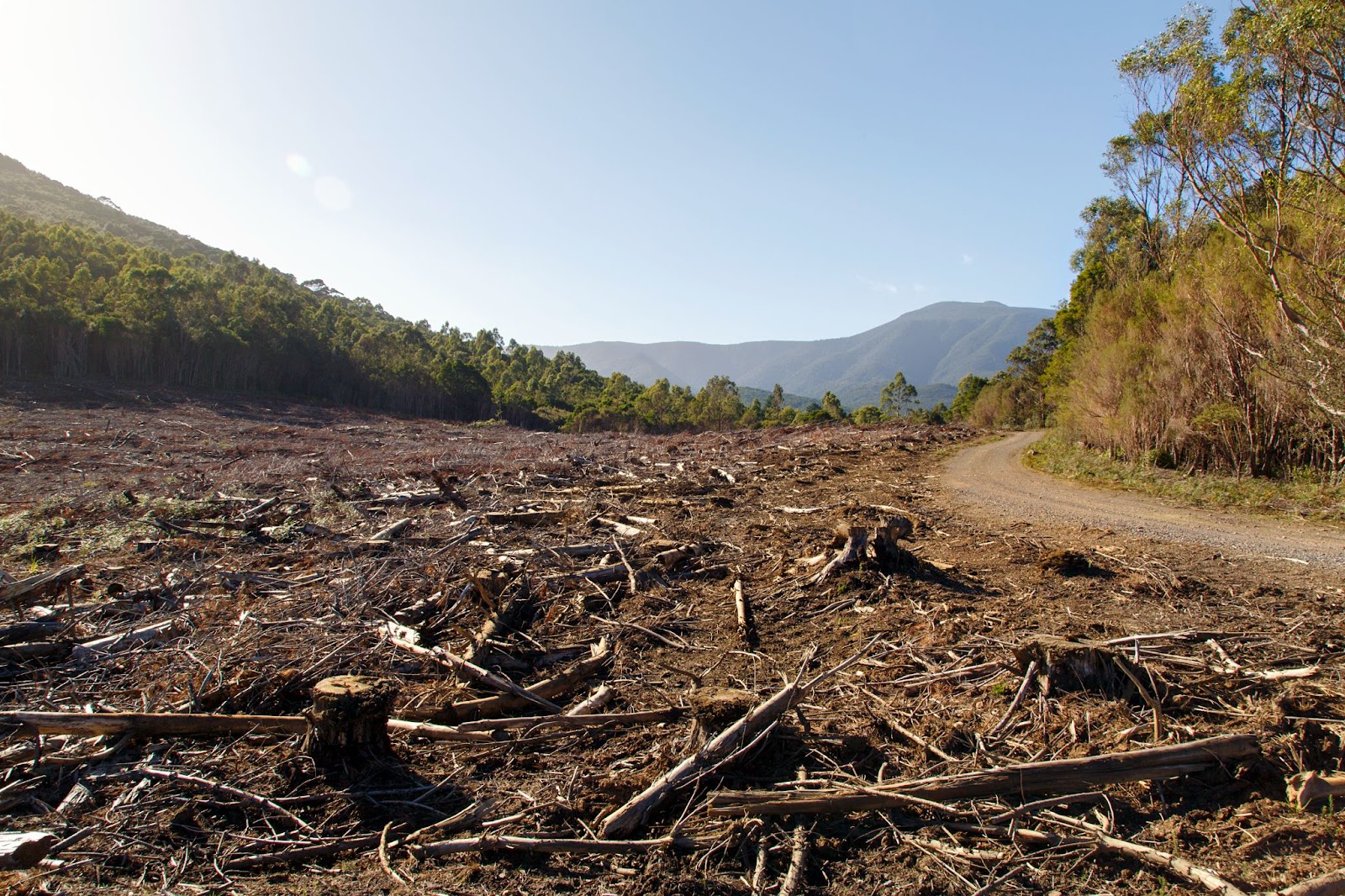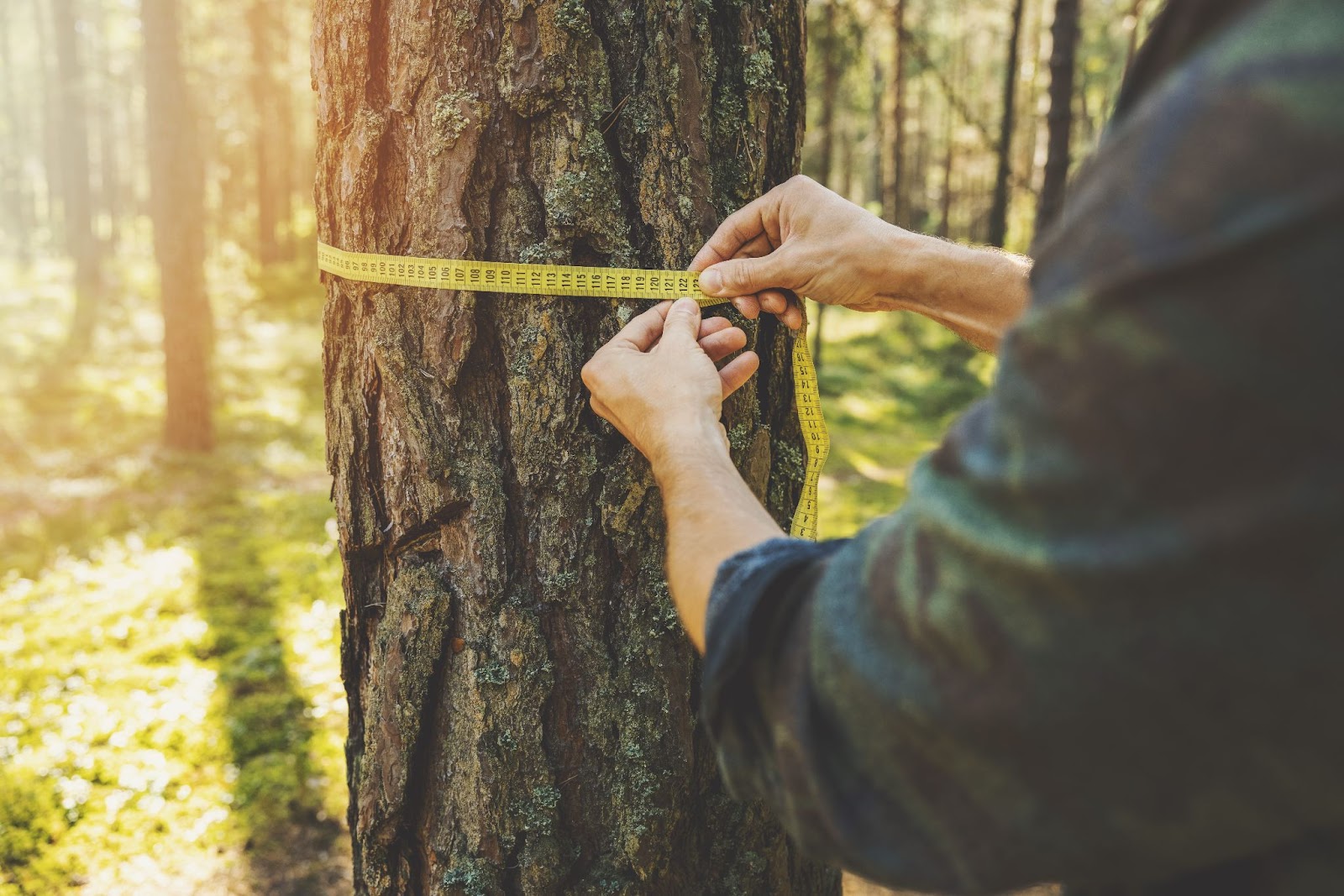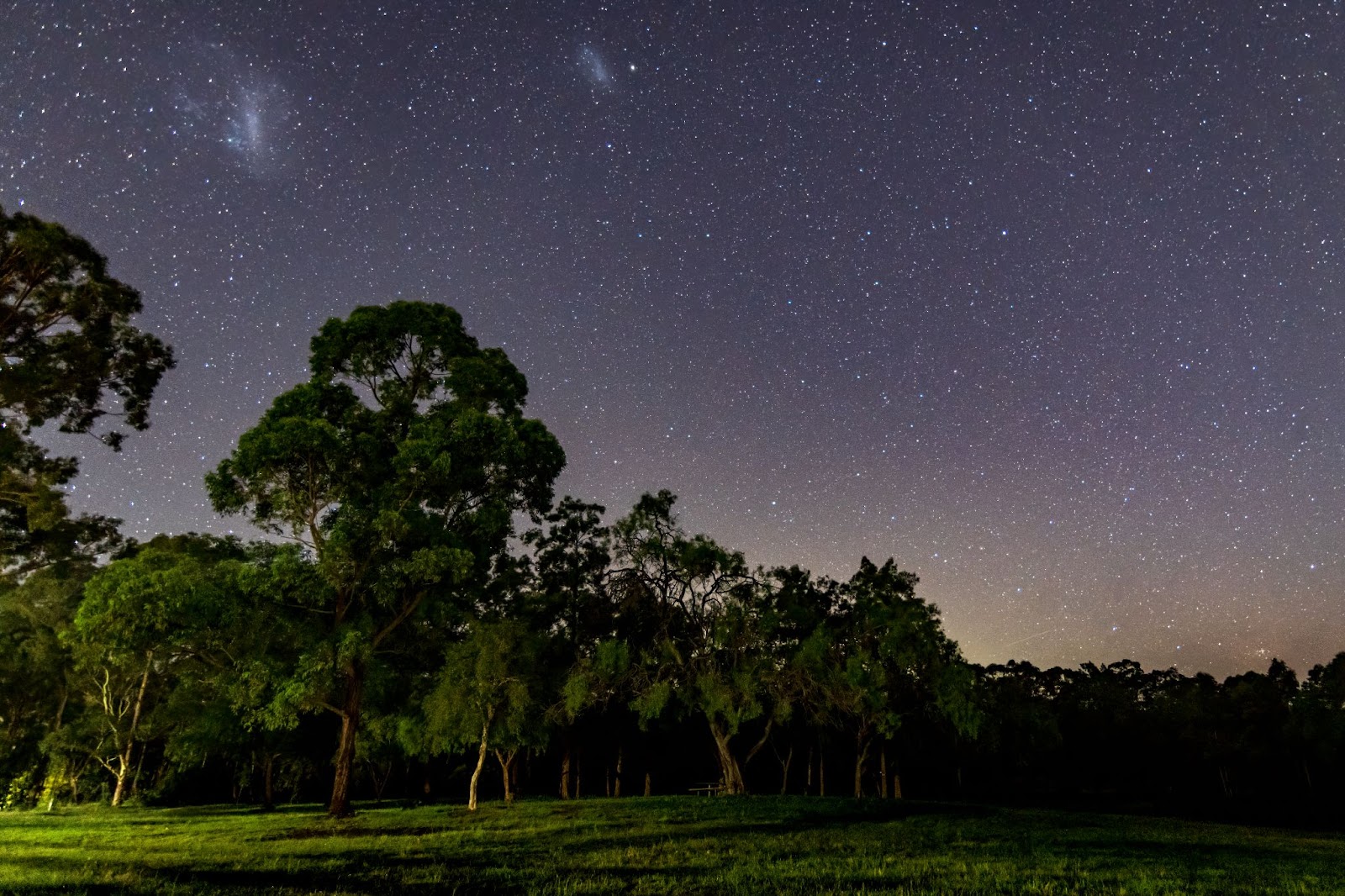Australia’s native forests are active and biodiverse ecosystems, with unique cultural heritage. They provide many benefits including timber, carbon sequestration and storage, soil and water protection as well as recreational opportunities and a beautiful natural environment.
Covering 28% of NSW and an area close to 22 million hectares, native forests on both public and private land are subject to many threats including climate change and extreme weather events; bushfire; invasive weeds, pests and diseases; land clearing for development, infrastructure and agriculture; and the legacy of previous land-management practises (Australia State of the Forests Report).
In this blog we will cover each of these threats, with a focus on how sustainable management of our native forests through good forest husbandry can ensure the long term forest health and viability into the future.
Top 5 social and environmental impacts on NSW native forests

1. Pests, weeds and disease.
One of the greatest risks to Australia is the loss of biodiversity caused by the introduction of alien or non native species. Over the last 200 years this risk has increased due to rapid human movement and the introduction of 650 animal species as a result of European settlement. 92 of these 650 species have since established wild populations, including foxes, rabbits and goats. Pest animals are considered a major cause of biodiversity decline in New South Wales.
From a plant perspective, Lantana and Silvinia are two of the most common plant types negatively affecting native vegetation through their invasive growth.
According to research by the Threatened Species Recovery Hub, the top 3 invasive species threatening Australia’s native flora and fauna are rabbits, phytophthora plant disease; a type of root root fungus affecting over 200 native species and feral pigs.

2. Land clearing for development.

Urban sprawl is an ever expanding issue affecting all major Australian cities. Perth has recently been dubbed the world’s longest city (not something to be too proud of). Sydney similarly is not even half as dense as major European cities. The preferred solution to develop new suburbs on the outskirts of cities rather than develop high density living close to the CBD has had a major impact on native forests with increasing land clearing for residential and infrastructure construction.
3. Fire

Prescribed burning, mainly used to reduce bushfire threat, is also used as a tool to maintain and revive biodiversity affected by changed fire regimes associated with European settlement over the past 250 years.
Planned cool burns aim to reduce the fuel levels within native forests, which are at greater risk of wild bushfire with a continued change in climate. Over recent summers we have seen large, severe bushfires, devastating native forests, damaging homes and decimating wildlife and koala populations. An Australian Government study identified only 16% of NSW forest fires over a 5 year period were planned, with 84%, the vast majority unplanned. (Australian Institute Disaster Resilience)
4. Climate change and extreme weather events

From droughts to flooding, a switch between la nina and el nino weather systems of recent years has had dramatic impacts on natural vegetation and forests along the east coast. Soil erosion, forest infrastructure and weeds are all impacted by floods.
5. Poor education/lack of knowledge/poor support
The sustainable management and conservation of Australia’s forests, whether on public or on private land, requires a sound understanding of their extent, type, use and management. Which leads us to the concept of forest husbandry.
How good forest husbandry can minimise threats and maximise opportunities
It is important to understand the native vegetation on your property and its place in the landscape and within ecosystems. How to best manage your plant species for increased productivity and longevity is a critical component of good forest husbandry (NSW Local Land Services).
As a general rule, any patch of native vegetation/forest is valuable. Across a rural residential development or farm, a minimum of 30% cover of native vegetation will help productivity and maintain ecosystems.
Examples of good forest husbandry include:
- Fencing off native woodland with fauna friendly fencing to protect them from grazing livestock.
- Avoiding fragmentation of existing native forest.
- Building of new infrastructure around areas of native forest rather than through them.
- Allocation of areas for natural regeneration.
- Use of cool burns to mitigate bushfires risk and promote forest regeneration.
- Sustainable timber harvesting
Good forest husbandry uses practical techniques and practices as well as strategic planning initiatives and processes to allow for sustainable timber harvesting whilst minimising degradation and erosion, maintaining and in some cases even improving diversity in native flora and fauna, and controlling feral pests and weeds.
Need some more reasons why sustainable management of your forest is important? A healthy forest can deliver on financial, environmental, agricultural, business growth opportunity, personal and lifestyle goals. See the full list of motivations for farmers to engage in forest management.

NSW Forest Stewardship Program
Sustainable environmental stewardship is “The responsible use and protection of the natural environment through conservation and sustainable practices to enhance ecosystem resilience and human well-being” (NOAA).
Private landowners who are looking to apply good forest husbandry techniques to manage a forest on their farm can benefit from the practice and provide a wide variety of benefits as a result –income, timber, improved ecological outcomes such as better soil structure and erosion management, livestock and wildlife shelter and much more.
In NSW, Private landowners are supported by Local Land Services in planned and long-term stewardship of their native forests through the NSW Forest Stewardship Pilot Program.
The first of its kind in Australia the forest stewardship program recognises the multiple benefits of farm forestry and addresses known barriers through providing expert advice and incentives to:
- improve environmental, cultural, social and productive outcomes of private forests
- diversify the productive value of land and sustainable development of the timber industry
- foster Aboriginal forest values, practices and engagement
- collaborate with forest managers and engage in partnerships with the private and public sector
- use active and adaptive management for continual improvement and long-term forest stewardship
- improve understanding of private forests in NSW through monitoring, research, innovation and investment.
Sustainable Forest Management has helped clients secure funding through the Forest Stewardship Pilot Program, supporting landowners to access the opportunity of what is hoped will become a permanent program.
Interested in free specialist advice on sustainable management of your private native forest then give us a call on 1300 FOREST, we’d love to hear from you.
Get in touch today for a no obligation free forest assessment of your private native forest, including advice on the forest husbandry techniques relevant to your unique location, tree species and current forest health.



